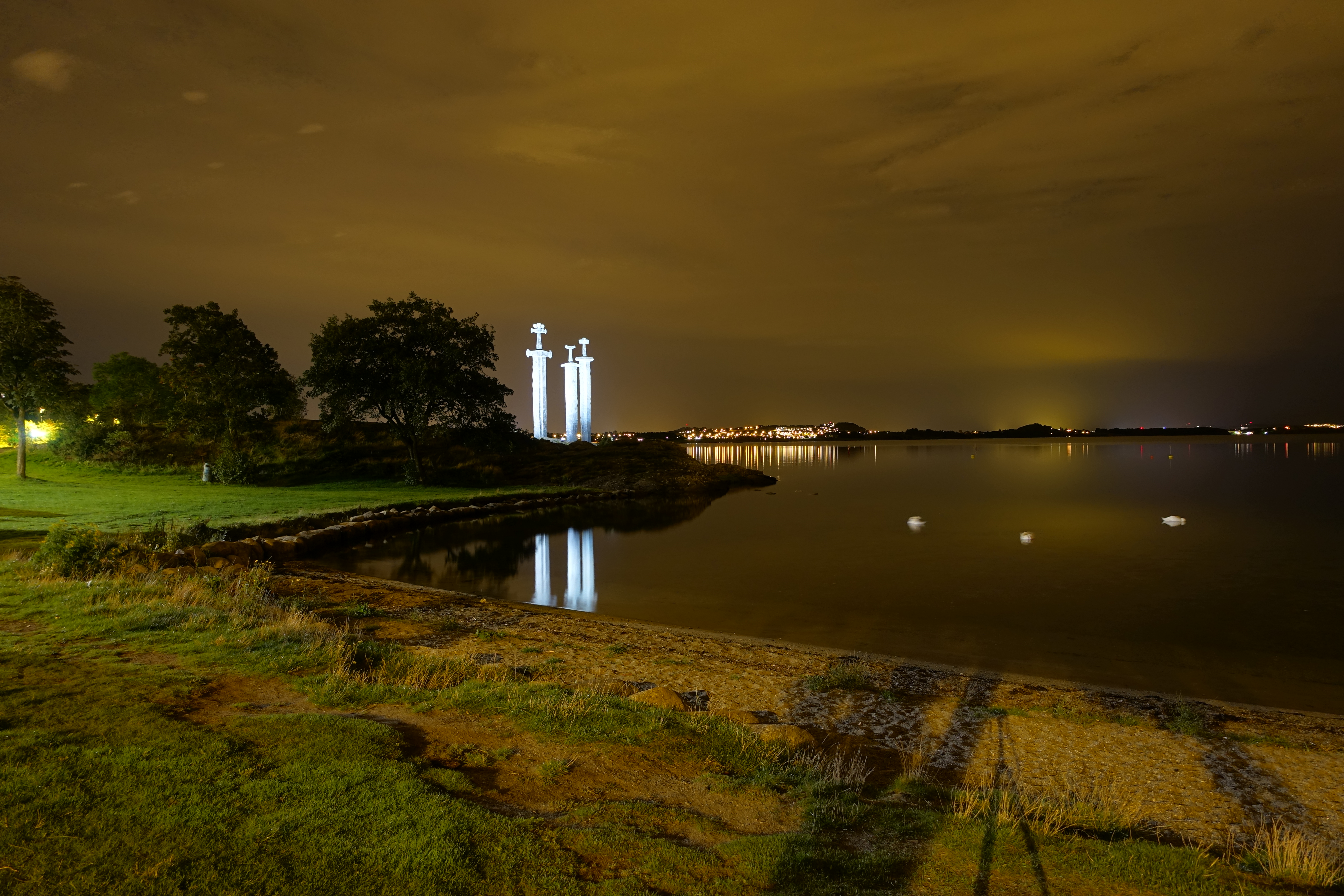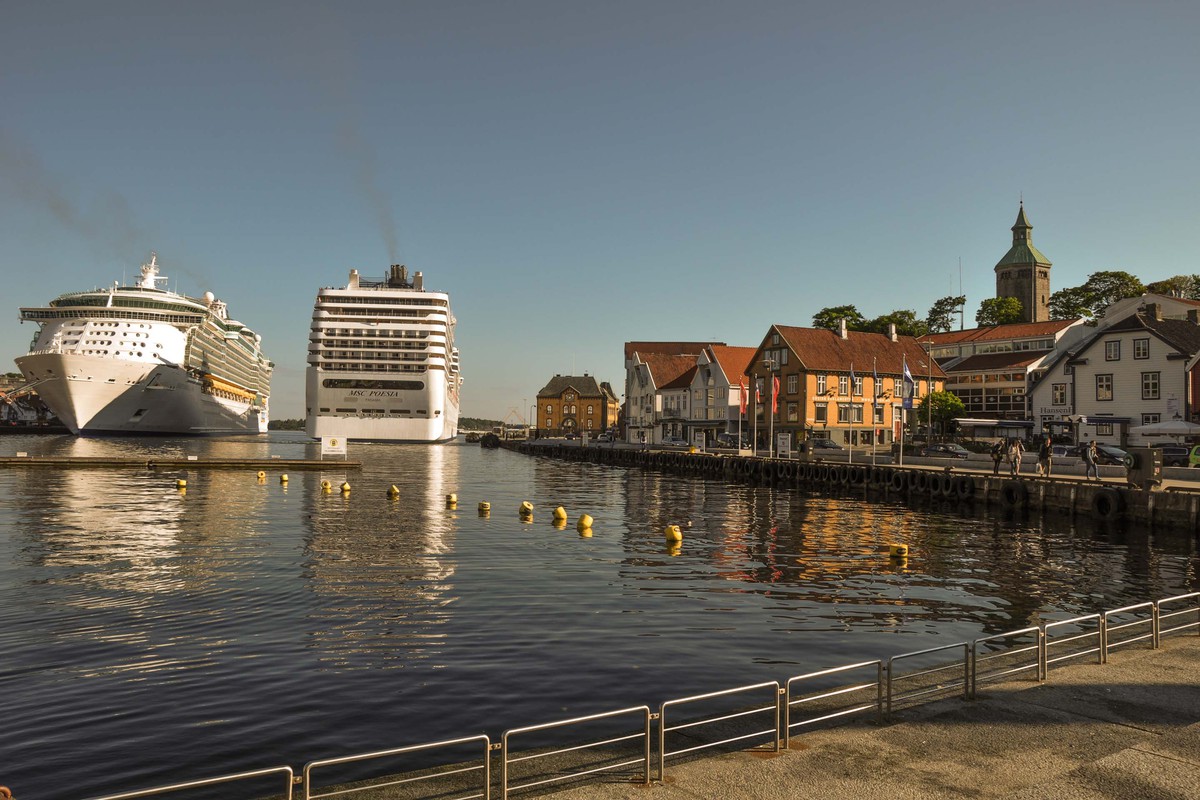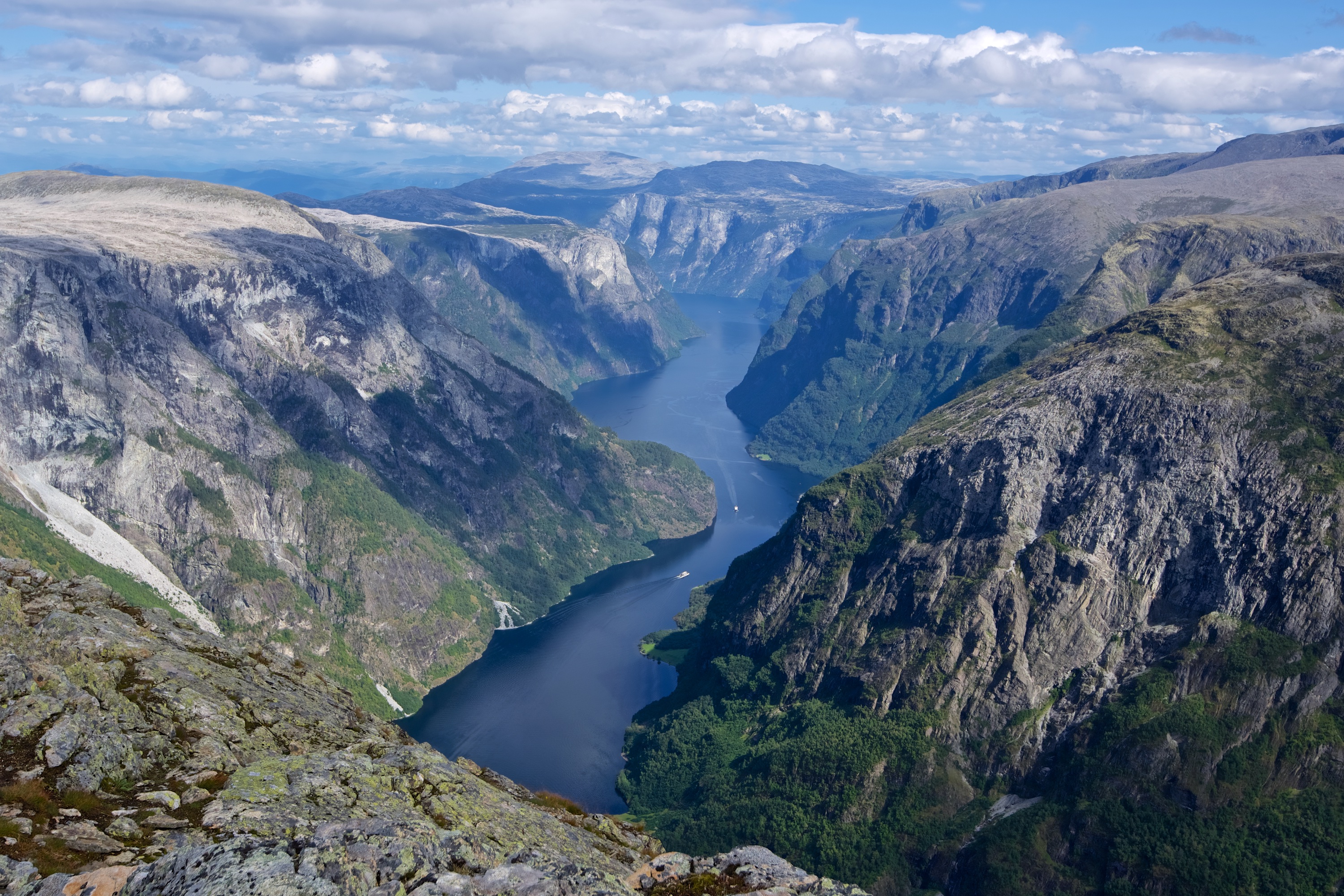Stavanger

Opportunities for Airlines
Passenger load factors at Stavanger Airport have risen steadily since 2015, as shown below:

However, routes to and from Stavanger can be operated profitably even at lower load factors due to the large volume of high-yield business traffic.
A number of developments are making Stavanger attractive for airlines looking to open new routes or expand existing ones:
- Major growth in the leisure market, driven by both increasing demand for destinations offering a diverse range of attractions and Stavanger’s ongoing cultural transformation
- A strong and future-oriented industry featuring multiple business innovations and initiatives, accompanied by related infrastructure and companies
- Increasing passenger load factor for the airport – in addition to high profitability from strong business traffic
These developments have led to some distinctively underserved and unserved routes. Please contact us to find out more, and to discuss the data and the outstanding opportunities available!
Route opportunities
Unserved routes
| City pair | From/To | Direct passengers | Indirect passengers | Distance (km) | |
|---|---|---|---|---|---|
| SVG - GOT | Stavanger to Gøteborg | - | 18,900 | 412 | |
| SVG - MUC | Stavanger to Munich | - | 15,800 | 1,239 | |
| SVG - BER | Stavanger to Berlin | 600 | 19,300 | 859 | |
| SVG - BUD | Stavanger to Budapest | 31,700 | 5,100 | 1,559 |
Underserved routes
| City pair | From/To | Direct passengers | Indirect passengers | Distance (km) | |
|---|---|---|---|---|---|
| SVG - CPH | Stavanger to Copenhagen | 99,400 | 16,600 | 557 | |
| SVG - LON | Stavanger to London | 161,100 | 24,800 | 900 | |
| SVG - MAN | Stavanger to Manchester | 28,100 | 16,200 | 787 | |
| SVG - MIL | Stavanger to Milan | 700 | 19,100 | 1,511 | |
| SVG - STO | Stavanger to Stockholm | 13,000 | 42,600 | 712 |
Stavanger in depth
What is driving these developments? As one of Norway’s oldest cities, Stavanger has a long and proud history. Trade has flourished since the Viking era, and the region is still characterised by a strong international flair and business culture.
From the traditional shipbuilding and sardine industries, the region has transformed itself into “Europe’s energy capital” since the discovery of oil in 1965. Now, Stavanger is undergoing another transformation: towards renewable energy, tech industries as well as tourism.
Growing strong: Stavanger's leisure market
Reflecting the mega-trend towards a more immersive form of tourism, visitors come to Stavanger to embrace the region’s rich history – from the geology that has produced a unique natural landscape, through the Iron Age and the Viking settlers who are still present in the region, to the recent industrial and cultural rebirth.

You can see this transformation in the tourist numbers: in 2019 alone, incoming tourism grew by approximately 25%, while foreign guest nights rose by approximately 15%.
In absolute numbers, foreign guest nights were close to 600,000 in 2019 in the Stavanger area. You can add an additional 50% for other unregistered stays, such as Airbnb bookings, VFR and day trips. The key growth markets for incoming tourism by country in 2019 were (highest first): the United States, Spain, Denmark, France, Poland, China, Russia, Belgium, India and Lithuania.

The strong VFR segment reflects Stavanger’s international flair and appeal. Driven by historical and recent developments, Stavanger has become a hub not only for business, but increasingly for leisure travellers too.
Hidden Champion? Not so Hidden Anymore!
For a long time, Stavanger has been underrated as a destination, particularly for leisure travel. But this trend is shifting in line with the region’s transformation. For example, Stavanger was named European Capital of Culture in 2008, reflecting the region’s rich cultural life, and the city is home to two Michelin star restaurants and award-winning Bocuse d'Or chefs.
Stavanger’s unique and attractive fjord cruises are becoming increasingly popular: in just three hours, tourists can quickly reach the fjords from the city every day of the year. Preikestolen (Pulpit Rock) is tremendously popular, while Lysefjord ranks among the world’s most beautiful fjords.

Even business travellers and conference-goers can easily fit such a trip into their schedules and combine business with leisure. These trips are also perfect for the increasing number of tourists who are looking for diverse experiences rather than spending most of their time on one activity.
Food festivals, renowned hiking trails, concerts, along with galleries and museums, all add to the region’s wide-ranging appeal. This diversity is one of the reasons we are encountering rising demand for Stavanger as a holiday destination in the European family segment.
As international as Amsterdam
Stavanger’s international flair is not only attractive for tourists, but also generates a lot of VFR and business traffic: about 25% of Stavanger’s residents were not born in Norway. Home to over 180 nationalities, the Stavanger region is as diverse as Amsterdam. This is due to several factors, including:
- Highly-rated British, French and International schools that make it easy for families to move to the region
- International companies that attract a wide talent pool of professionals and often rotate their international employees in and out of Stavanger
- A high and growing number of international study programmes at several university institutions in the region that attract people from all over the world
Business and industry
Stavanger has always been a thriving business hub. As already mentioned, the Stavanger region has become the energy capital of Europe since the discovery of oil and gas on the Norwegian Continental Shelf some fifty years ago. Increasingly, the focus is not exclusively on oil, but new forms of energy such as renewables and related technologies and logistics.
Energy-related industries:
- The entire energy value chain is populated by national and international companies
- A centre for clean energy production, from both hydro and wind sources
- Home to ONS, one of the world’s leading energy meeting places
Other key industries:
- The region is home to some of the most advanced aquaculture technology companies in the world – including the Stiim Aqua Cluster, an innovation ecosystem for aquaculture-related businesses in the Stavanger area.
- Multiple technology and innovation initiatives currently underway in the region: Norwegian Energy Solutions, Norwegian Offshore Wind Cluster, Nordic Edge Smart City Innovation Cluster, Norwegian Tunnel Safety Cluster, Norwegian Smart Care Cluster, Aqua Technology Network, Norway Pumps & Pipes and Advanced Mechanical Production
- Alongside these industries, a number of world-class exhibition and conference facilities host key trade fairs such as the Nordic Edge Expo, which is the leading Smart City conference and exhibition in the Nordics.
All these factors lead to some exciting opportunities for airlines. Please don’t hesitate to get in touch to discuss opportunities, data and developments!



Fjord Norway
Ask us for more market insights

